As a result of saturation, emitted CO2 does not directly cause an increase in global temperature". Current levels of CO2 in the atmosphere are around 418 parts per million (ppm) but the scientists state that past 400 ppm, "the CO2 concentration can no longer cause any increase in temperature."As regular readers of the Daily Sceptic will be aware, the saturation of CO2 in the atmosphere is the hypothesis that dares not speak its name in mainstream media, politics and across much of climate science. The Net Zero collectivisation project is dead in the water without the constant fearmongering that humans control the ever-warming climate by burning hydrocarbons and releasing CO2 into the atmosphere.
The saturation hypothesis is complex, but in simple terms it can be described by the example of loft insulation in a house. After a certain point, doubling the lagging will have little effect since most of the heat trying to escape through the roof has already been trapped. Carbon dioxide traps heat only within narrow bands of the infrared spectrum, and levels of the gas have been up to 20 times higher in the past without any sign of runaway global warming. At current levels, the Polish scientists suggest that there is "currently a multiple exceedance of the saturation mass for carbon dioxide in the Earth's atmosphere". The latest work is featured on Elsevier's Science Direct peer-reviewed online platform.

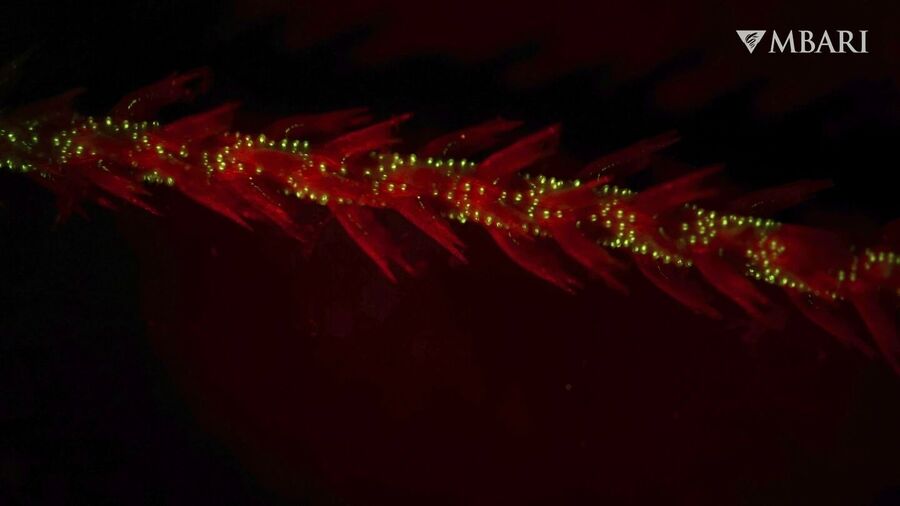


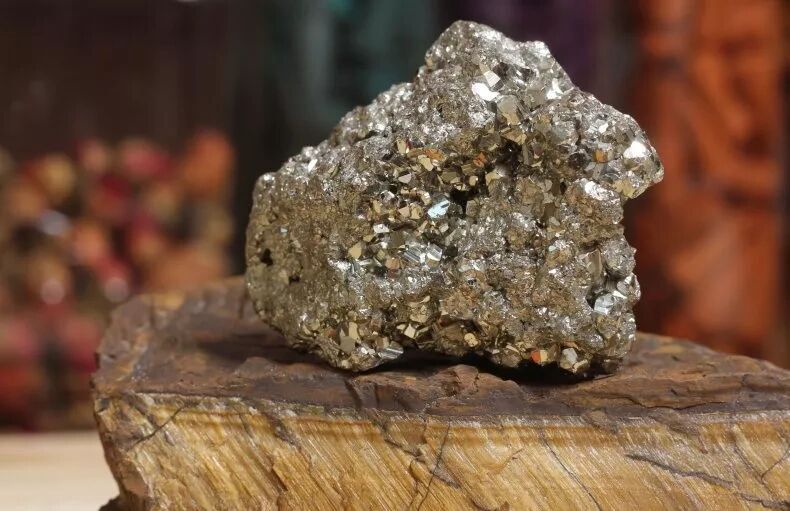

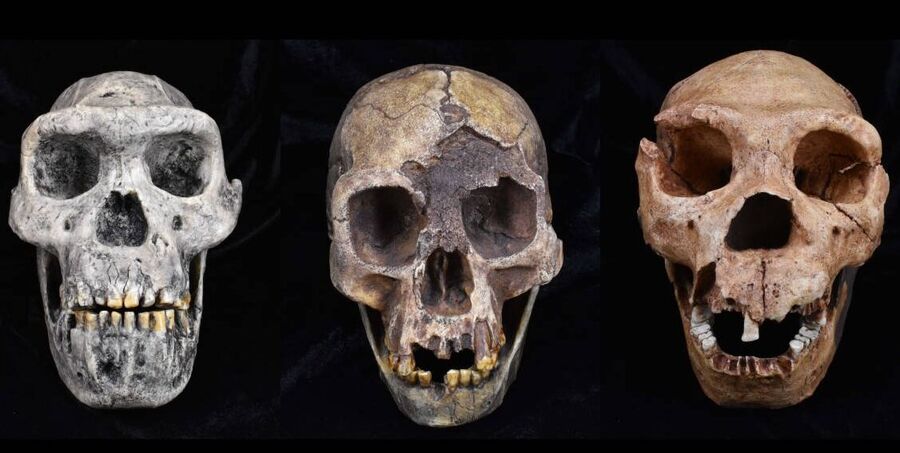
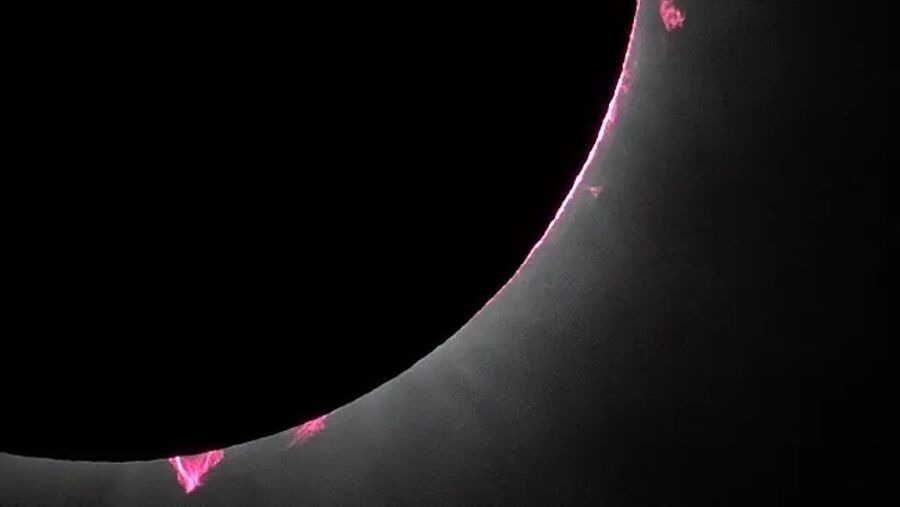



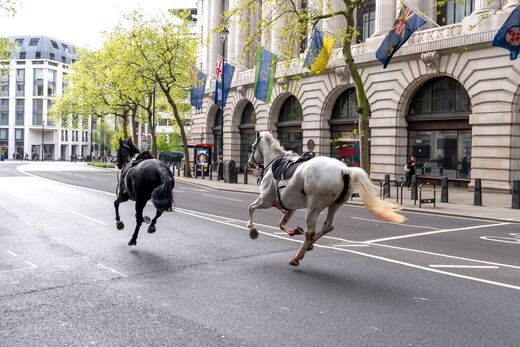

Comment: As above, so below.